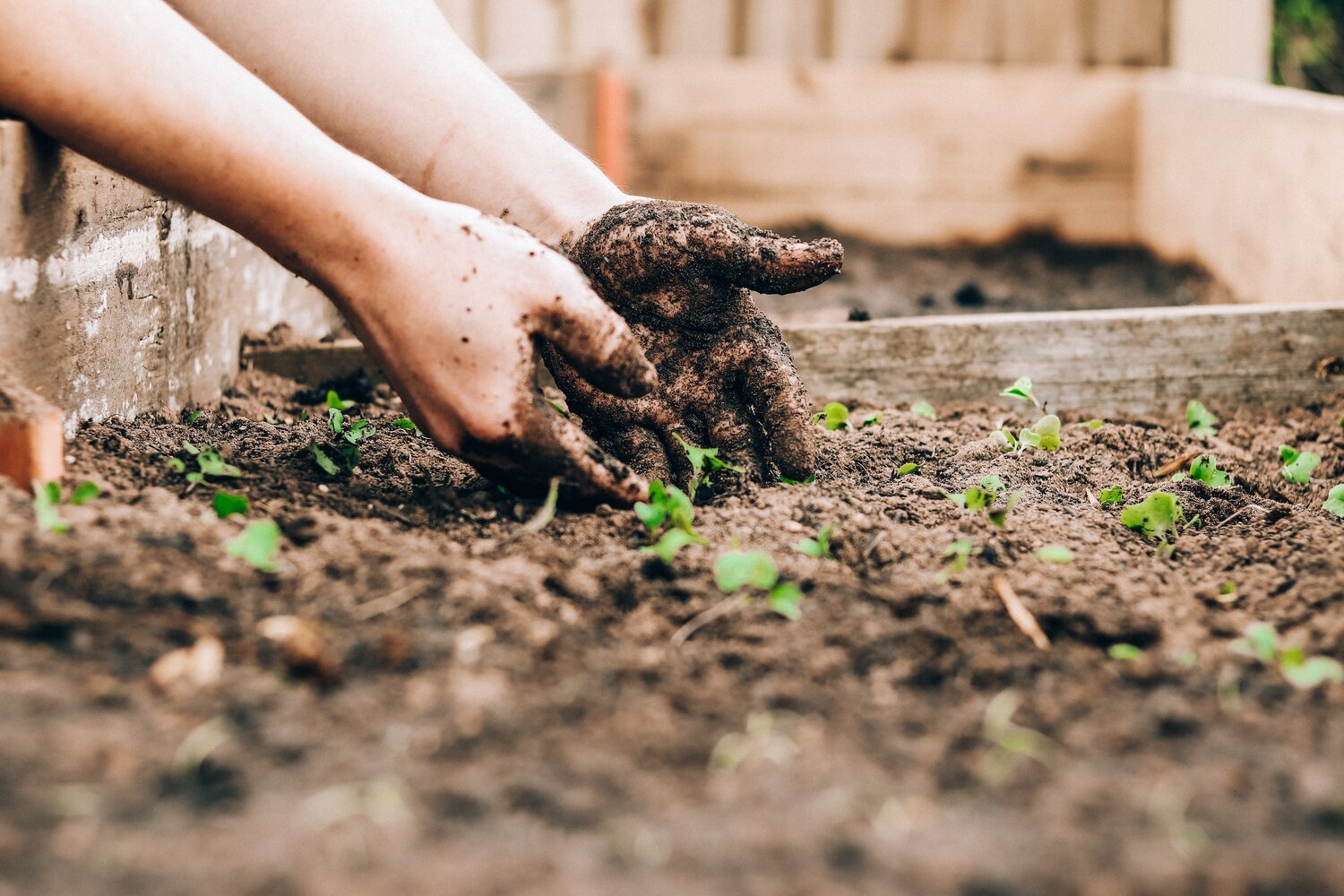Tips on relieving lower back pain from gardening
Gardening is a rewarding and therapeutic activity that allows you to connect with nature and create beautiful outdoor spaces. However, the hours spent bending, lifting, and kneeling can sometimes take a toll on your lower back and can cause spinal , muscle or joint injuries. If you find yourself struggling with lower back pain after a day of gardening, fret not. In this article, we'll explore some practical tips to help you reduce and prevent lower back pain while indulging in your gardening passion.
The benefits to gardening:
Reduces the chances of:
Heart disease
Obesity
Cancer
Depression
In addition:
Stress and Anxiety Relief
Mental Clarity
Enhances Mood
Creativity and Expression
Environmental Impact
What are the consequences of having poor posture whilst gardening?
Sprains
Bursitis
Disc bulges.
Sciatica
10 Tips to Reduce lower Back:
1. Warm-Up Exercises: Just like any physical activity, warming up your muscles before gardening is essential. Spend a few minutes doing gentle stretches to loosen your muscles and increase blood flow. Focus on your hamstrings, hip flexors, and lower back muscles.
2. Use Proper Body Mechanics: When lifting heavy pots, bags of soil, or tools, use your leg muscles rather than your back. Bend your knees and squat down to lift, keeping the object close to your body. Avoid bending at the waist and lifting with your back muscles, as this can strain your lower back.
3. Invest in Ergonomic Tools: Ergonomically designed tools can significantly reduce strain on your body. Look for gardening tools with padded handles, long handles to reduce bending, and lightweight materials to prevent unnecessary strain.
4. Maintain Proper Posture: Be mindful of your posture while gardening. Keep your spine aligned and avoid hunching over. Use knee pads or a gardening stool to support your body while kneeling, and switch positions frequently to prevent stiffness.
5. Break Tasks into Smaller Segments: Instead of trying to tackle all your gardening tasks in one go, break them into smaller, manageable segments. Take short breaks between tasks to stretch, hydrate, and give your back a chance to rest.
6. Alternate Hands and Sides: When raking, hoeing, or shoveling, alternate your dominant hand and switch sides periodically. This helps distribute the workload more evenly and prevents one side of your body from becoming overworked.
7. Use Raised Beds and Containers: Consider using raised beds or containers for your plants. These allow you to garden at a comfortable height, reducing the need for excessive bending and kneeling.
8. Practice Gentle Yoga or Stretching: Incorporate gentle yoga or stretching routines into your gardening routine. This can help improve flexibility and strengthen the muscles that support your lower back.
9. Ice and Heat Therapy: If you experience mild soreness after gardening, apply ice to the affected area for 15-20 minutes to reduce inflammation. If your muscles are tense, consider using heat therapy with a warm compress or a hot bath.
10. Listen to Your Body: Above all, pay attention to your body's signals. If you start feeling discomfort or pain, take a break, and don't hesitate to call it a day if your back starts to ache. Pushing through the pain can lead to more serious injuries.
We hope this information was useful for you. If you have any questions about our treatments, please contact us. If you like this blog, please share!

